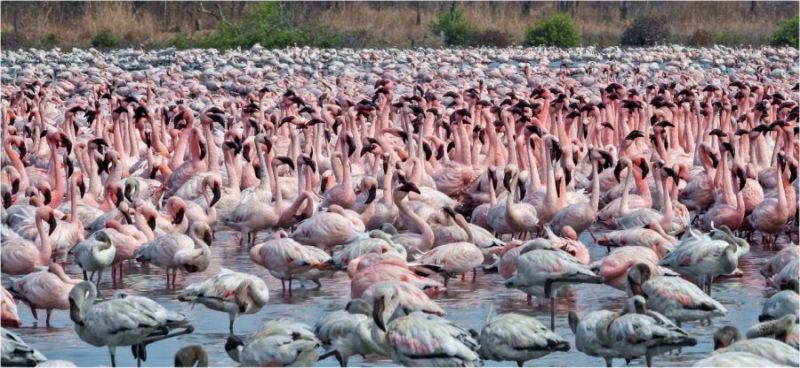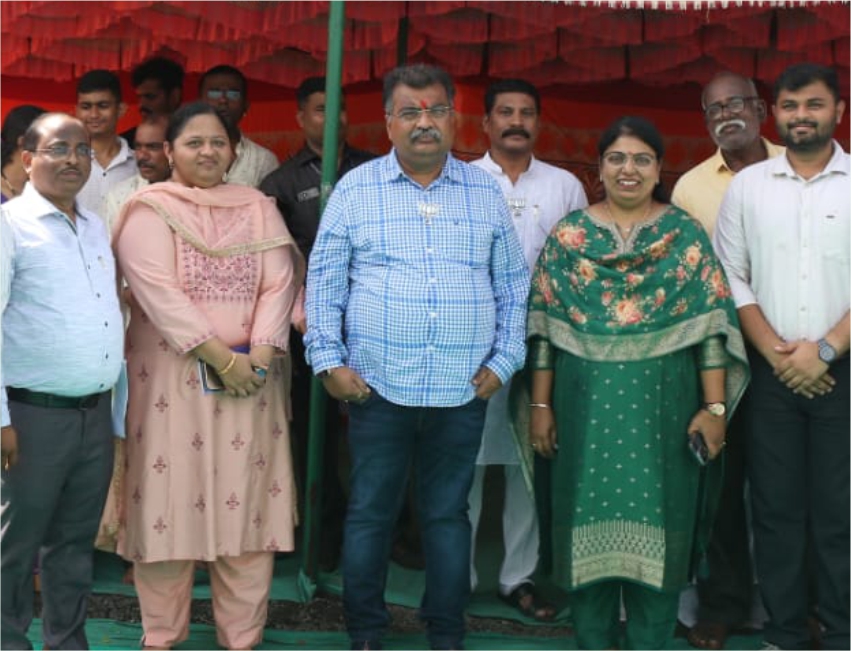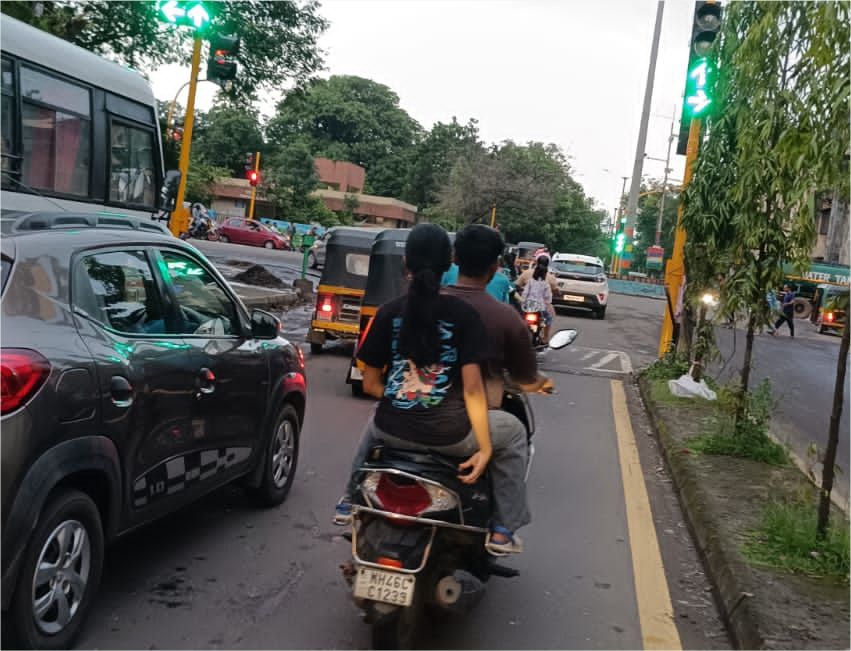Know about our guest flamingos

- Indrani Basu
- 24 May, 2024
The pink-feathered guests of Navi Mumbai, the flamingos, have been making headlines in leading dailies recently. This attention stems from the concerning treatment these mute avians are receiving from humans, including the destruction of their habitats and the tragic, untimely deaths they have suffered during this flamingo season, which began in April.
Renowned wildlife photographer Vidyasagar Hariharan has captured stunning images of vast flocks of lesser flamingos at the TS Chanakya wetland. His photos showcase the mesmerizing pink waves of these birds and their captivating courtship dances during high tide. These scenes attract visitors from across the Mumbai metro area and beyond, who gather at the NRI and S Chanakya wetlands to witness this natural spectacle.
Environmentalists are working tirelessly to protect and preserve these wetlands, frequently taking their fight to the Bombay High Court. Their efforts aim to ensure that citizens can continue to enjoy the breathtaking sight of these pink-feathered guests, who migrate hundreds of miles from the Rann of Kutch to nestle in Navi Mumbai.
The sight of flamingos flocking in various wetlands, both in the morning and evening, has sparked curiosity among citizens about these migratory birds. Here are some interesting characteristics of flamingos as pointed out by experts:
1. Pink Colouration: Flamingos get their pink colour from their diet. The natural red, yellow, or orange pigments in the plants they eat, known as carotenoids, are metabolized by their bodies, turning their feathers pink.
2. Filter Feeders: Flamingos are filter feeders, similar to baleen whales or oysters. When feeding, they place their heads upside down in the water, with their bills pointed at their feet. They then sweep their heads side-to-side, using their tongues to pump water in and out of their bills. Comb-like plates along the bill’s edge filter the water, trapping food inside.
3. Group Names: A group of flamingos is called a flamboyance. Other collective nouns include stand, colony, and pat.
4. Leg Anatomy: Contrary to appearances, flamingo knees do not bend backward. What looks like a knee is actually the ankle joint. The real knees are located higher up the legs, hidden by the body and feathers. Flamingos essentially stand on their tiptoes, with the visible bend being the ankle.
5. Courtship Dance: The mating display of flamingos, known as the courtship dance, involves both males and females in an elaborate group performance. This typically starts with the 'head flag,' where flamingos make loud calls and wave their heads back and forth.




